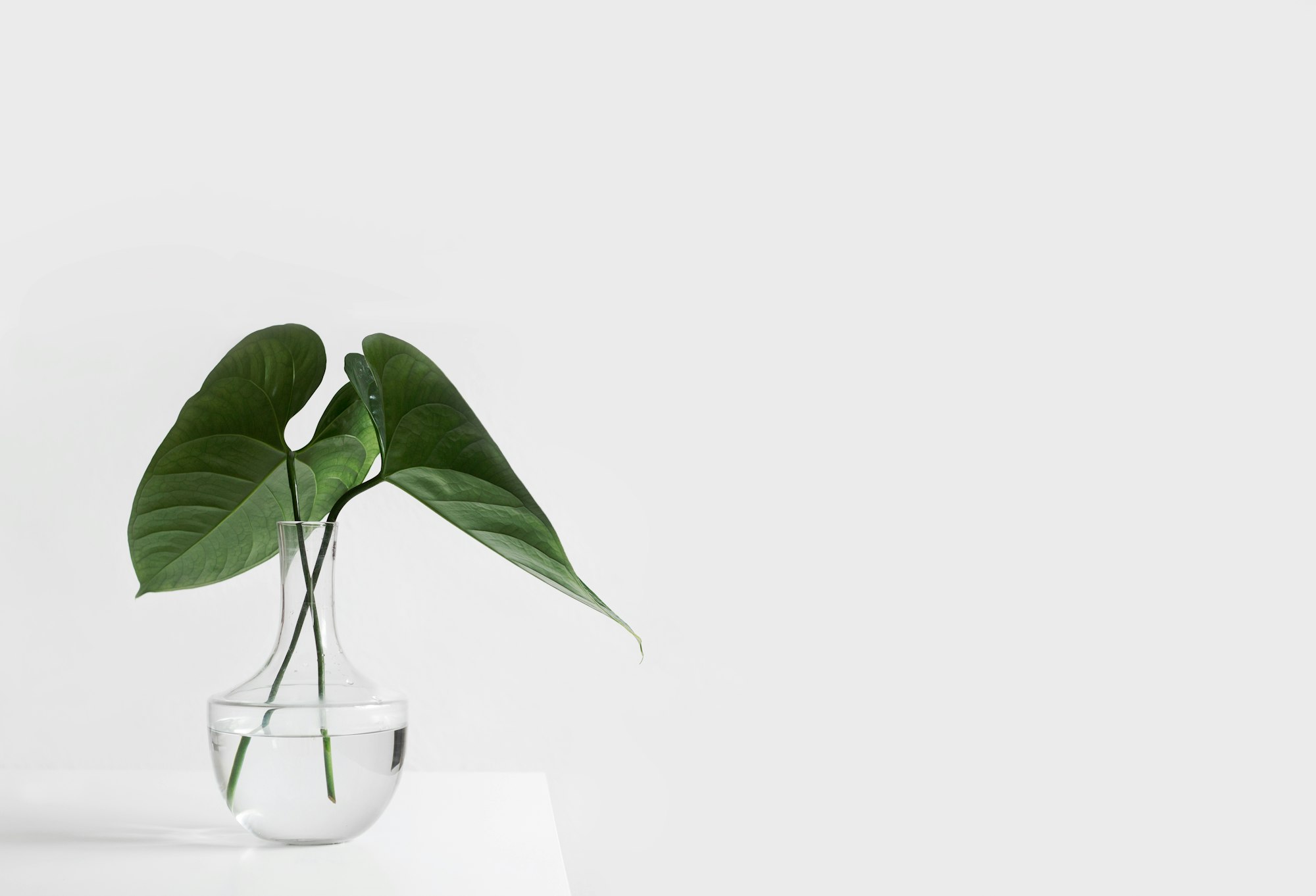RAVEN ZZ PLANT
Zamioculcas Zamiifolia. The ZZ Plant is a great plant for beginners because of it's low light tolerance and ease of care! ZZ Raven's are succulents and an offshoot of the ZZ houseplant. It is characterized by the deep purple, almost black color of the waxy looking leaves. At initial growth it is the bright green color one would associate with a typical ZZ Plant. Then it darkens over time.
ZZ plants make excellent additions to any home or office. It is a great air purifying option that can tolerate low light. The ZZ grows smooth, naturally shiny leaves that range from bright lime in their youth to an emerald green in their maturity. Individual leaflets are typically one to three inches long.
PLANT CARE TIPS
WATERING
Allow ZZ to dry out between watering. It has huge rhizomes at its base that store water so it can survive several weeks without being watered. Root rot is common killer so be cautious
LIGHTING
ZZ Plants grow best in well lit spaces with medium to bright light. They do adapt well to low light environment but will grow much slower than a better lit area, it needs the sunlight to really shine! Avoid direct sunlight however as the leaves can burn or change color
HEAT & HUMIDITY
These guys can survive a pretty good range but nothing below 45 degrees. 60 or slightly above is ideal. They don't mind some humidity but don't require more than an average household would be.
SOIL MEDIUM
A peat moss based soil that drains well works the best as these guys will suffer root rot fairly quickly if water is trapped in the soil.
So why a Raven ZZ versus a standard ZZ? Both plants share many characteristics but there are distinct differences that set them apart:
1. Appearance
- ZZ Plant: The standard ZZ plant boasts glossy, dark green leaves that are oval in shape. These leaves grow in a symmetrical pattern along the plant's stems, giving it a lush and full appearance.
- Raven ZZ Plant: What truly distinguishes the Raven ZZ plant is its unique coloration. The new growth starts as a bright lime green but gradually darkens to a deep, almost black hue. This striking contrast gives the Raven ZZ its name and makes it a coveted plant for enthusiasts.
2. Growth Rate
- ZZ Plant: The regular ZZ plant is known for its moderate growth rate. It can reach heights of up to 3-4 feet indoors under optimal conditions.
- Raven ZZ Plant: The Raven ZZ shares a similar growth rate with the standard ZZ plant. However, due to its unique coloration, its growth can appear more dramatic as the new shoots transition from green to black.
3. Light Requirements
- ZZ Plant: The ZZ plant is highly adaptable to various lighting conditions, thriving in low to bright indirect light. It can even tolerate fluorescent lighting, making it an excellent choice for office environments.
- Raven ZZ Plant: Like the standard ZZ, the Raven ZZ also adapts well to different lighting conditions. However, to enhance its rich, dark foliage, medium to bright indirect light is recommended.
5. Availability and Popularity
- ZZ Plant: As a common houseplant, the standard ZZ plant is widely available in most nurseries and home improvement stores.
- Raven ZZ Plant: The Raven ZZ is a more recent introduction to the plant market and may be less readily available. Its unique appearance has made it increasingly popular, often leading to higher demand and prices.
In summary, while the ZZ plant and Raven ZZ plant share many similarities in care and adaptability, their primary difference lies in the Raven ZZ's distinctive dark foliage. Both plants are excellent choices for those looking to add a touch of greenery to their indoor spaces, with the Raven ZZ offering an extra element of intrigue and drama.
A bit of pruning helps prevent your ZZ plant from becoming leggy and sparse. Use a sharp, sterile pruner to make cuts at a 45-degree angle just above a leaf node. In a few weeks, you'll notice fresh growth emerging. As the bottom leaves begin to age and lose color, be sure to remove them. Additionally, trimming the stems back by an inch or two will encourage a fuller appearance..









